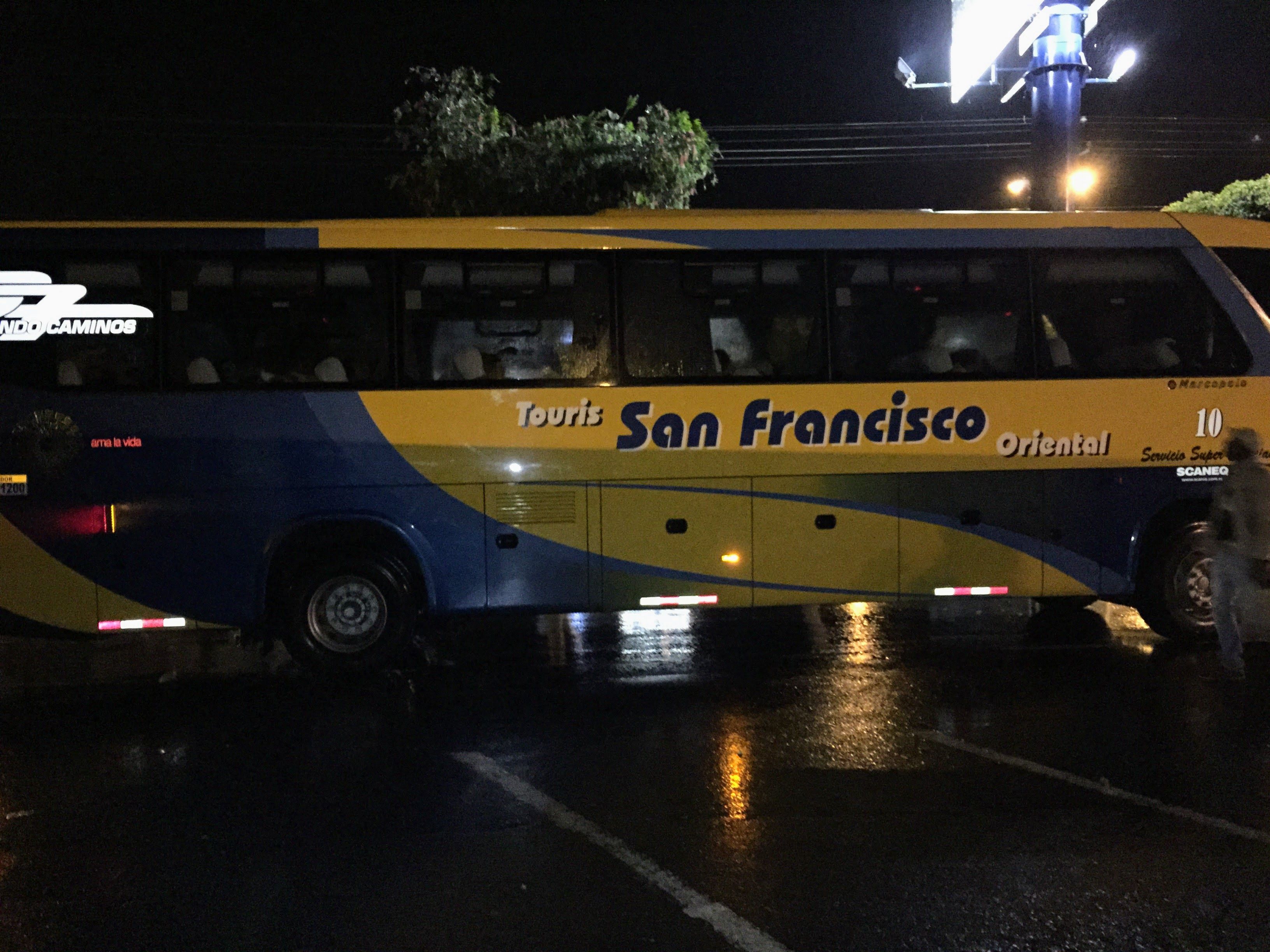Choosing a travel backpack is a topic of several online debates. Here are some of my learnings. The final decision depends on your preferences.
Size First, start with the size, usual sizes are around 25L, 45L, 65L. The 25L is OK for a day or two, and you can stretch it for a few days. It is almost what a good office backpack looks like. 45L can last for a few week-long urban trips. Of course, it cannot contain things like sleeping bag etc. Both of these are good choices for urban travel or travel not involving sleeping outdoors. For travel involving carrying sleeping bags or tents, a 65L backpack is unavoidable. But here is the flip-side. Not only, it is bulky but also, you cannot carry it in most airlines. You have to do a check-in which even if free, can be time-consuming. Here are some images from Google illustrating the sizes.
...

